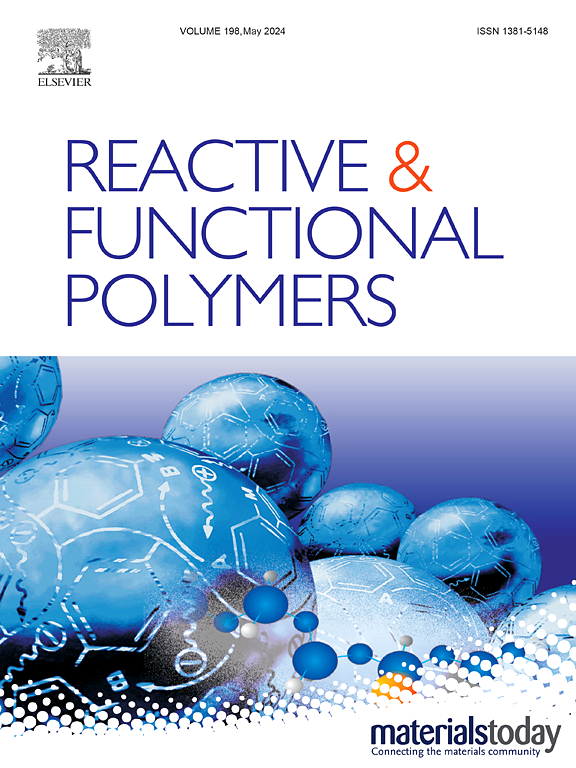Swollen-induced facile in situ preparation of silver nanoparticles incorporated into UV-curable silicone rubber for durable antimicrobial activity
IF 4.5
3区 工程技术
Q1 CHEMISTRY, APPLIED
引用次数: 0
Abstract
Silicone rubber plays a significant role in medical applications. However, its poor antibacterial characteristics often lead to related infections. Moreover, the presence of heavy metal residues in silicone rubber from conventional fabrication processes limits its application in medical devices. In this study, we developed a novel and straightforward approach for the preparation of UV-curable silicone rubber composites (PDMS@AgNPs) with durable antibacterial properties through a rapid and facile swollen-induced in situ reduction method without any heavy metal catalysts. The UV-curable silicone rubbers (PDMS-SH) were prepared using poly[(mercaptopropyl)methylsiloxane] (PMMS) and vinyl silicone, where the excessive thiol groups in PMMS not only facilitate a uniform cross-link network formation but also act as a reducing agent for silver nanoparticles (AgNPs). The mechanical properties, including hardness and swelling ratio, were found to be influenced by the molar ratio of sulfhydryl to vinyl groups. Remarkably, PDMS@AgNPs exhibited excellent antibacterial activity against S. aureus and E. coli, maintaining high efficacy even after 5 days of immersion, attributed to the stable incorporation of AgNPs within the cross-linked matrix. Furthermore, the composites exhibited low hemolysis rates and minimal cytotoxicity, indicating their potential as biocompatible materials for medical applications.

求助全文
约1分钟内获得全文
求助全文
来源期刊

Reactive & Functional Polymers
工程技术-高分子科学
CiteScore
8.90
自引率
5.90%
发文量
259
审稿时长
27 days
期刊介绍:
Reactive & Functional Polymers provides a forum to disseminate original ideas, concepts and developments in the science and technology of polymers with functional groups, which impart specific chemical reactivity or physical, chemical, structural, biological, and pharmacological functionality. The scope covers organic polymers, acting for instance as reagents, catalysts, templates, ion-exchangers, selective sorbents, chelating or antimicrobial agents, drug carriers, sensors, membranes, and hydrogels. This also includes reactive cross-linkable prepolymers and high-performance thermosetting polymers, natural or degradable polymers, conducting polymers, and porous polymers.
Original research articles must contain thorough molecular and material characterization data on synthesis of the above polymers in combination with their applications. Applications include but are not limited to catalysis, water or effluent treatment, separations and recovery, electronics and information storage, energy conversion, encapsulation, or adhesion.
 求助内容:
求助内容: 应助结果提醒方式:
应助结果提醒方式:


